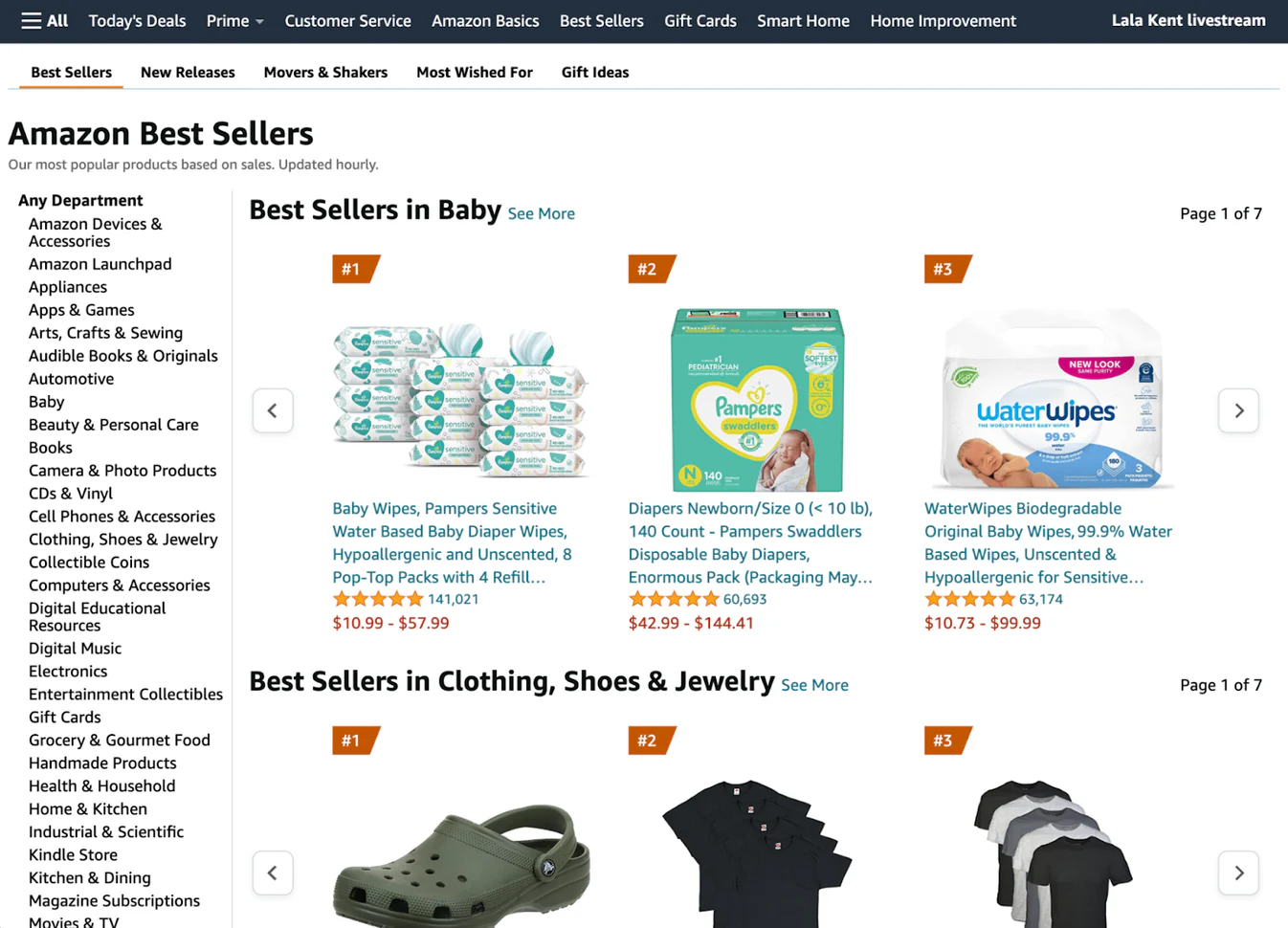When operating a cross-border e-commerce business, understanding tax policies is essential for managing your finances and avoiding unnecessary risks. This article provides a comprehensive overview of sales tax, value-added tax (VAT), and customs duties to help you stay compliant.
Tax Information for DropSure Orders
On the DropSure order page, the price you see (i.e., product cost + shipping fee) is the total amount you’ll need to pay. We do not charge any additional hidden fees or platform service fees.
Please note:
As the merchant, you are fully responsible for the final sales transaction. This means any taxes related to the sale—such as sales tax or VAT—should be declared and paid by you, since you are collecting the full payment from the customer.
All invoices and billing documents can be downloaded from the “Billing” section of your account dashboard for accounting or tax filing purposes.
About Sales Tax
Sales tax policies vary significantly by country and region. We strongly recommend consulting with a professional tax advisor to ensure your tax handling complies with the laws of your operating regions.
While the DropSure team is always happy to assist, please understand that we are not qualified to offer formal tax advice. To avoid legal or financial risk, it’s best to rely on certified accountants or tax professionals.
About VAT (Value-Added Tax)
DropSure does not handle or remit VAT on your behalf under any circumstances. This means:
-
If your country or region requires merchants to collect VAT, you must handle the declaration and remittance directly with your local tax authorities.
-
From the customer’s perspective, orders are delivered directly to their door without requiring additional VAT payments or being held for customs clearance, as our supply chain is optimized to minimize such delays or complications.
About Customs Duties & Import Taxes
DropSure does not manage customs duties. The product prices shown on the platform do not include any customs duties or import taxes, as these depend on the regulations of the destination country.
-
If the supplier ships domestically, some may include applicable taxes in their pricing.
-
For international orders, customers may be charged customs or import fees upon delivery.
-
Therefore, we recommend clearly informing customers in your product descriptions or checkout pages that customs fees may apply in certain countries or regions and that they are responsible for such costs.
Recommended Resources
Here are some official resources to help you stay informed about tax and customs regulations in different countries:
-
🇺🇸 U.S. Tariff & Trade Data: https://www.usitc.gov/tariff_affairs.htm
-
🇬🇧 UK Government Tax Info: https://www.gov.uk/topic/business-tax/import-export
-
🇪🇺 EU Tax Regulations: https://ec.europa.eu
-
🇦🇺 Australian Taxation Office: https://www.ato.gov.au
We encourage you to regularly check these official websites for the latest updates to ensure compliant operations.
If you have further questions, feel free to contact the DropSure support team. While we cannot offer legal or tax advice, we’re happy to assist you in navigating the processes and making more informed business decisions.

 4 min read
4 min read








